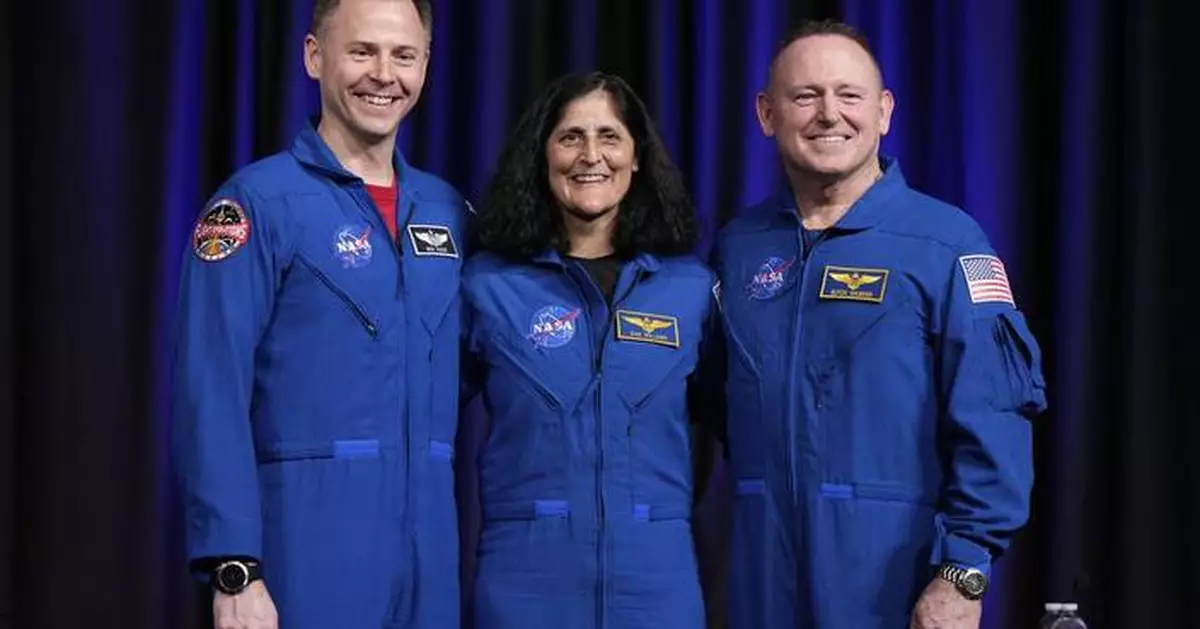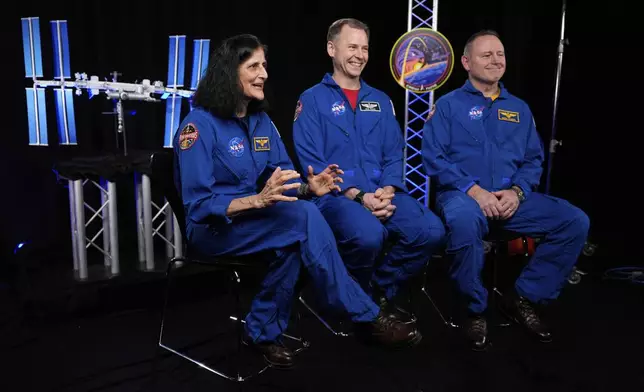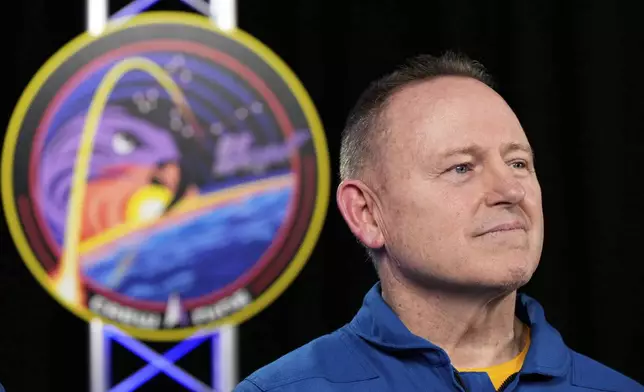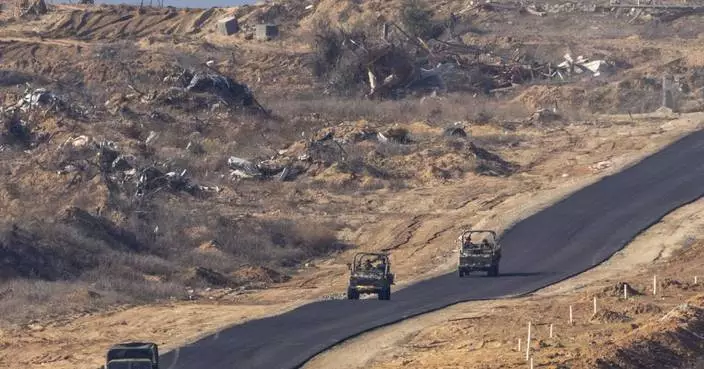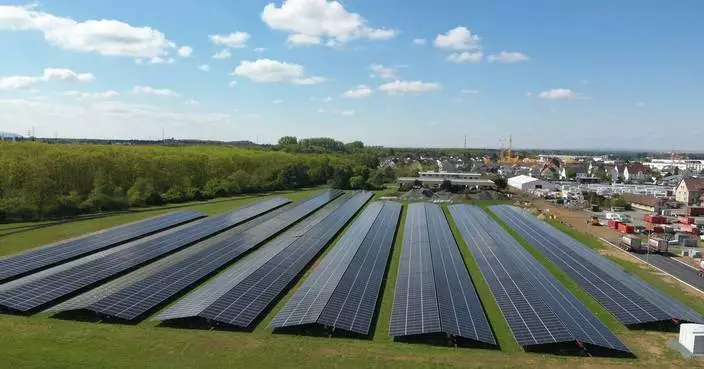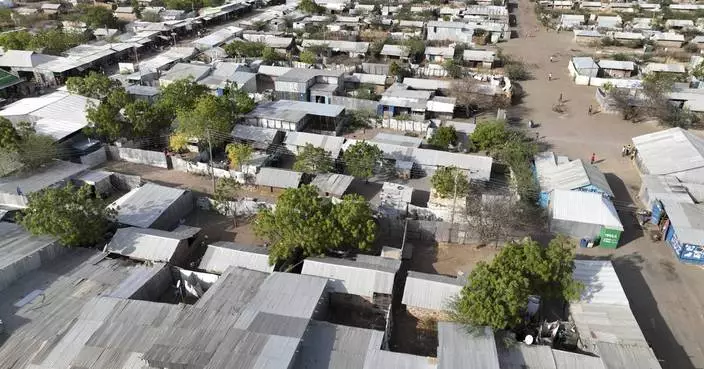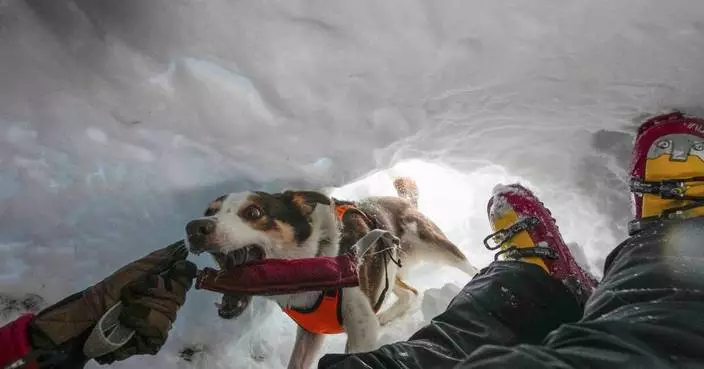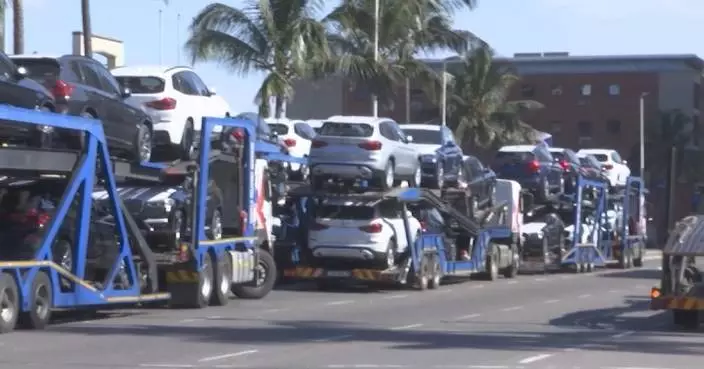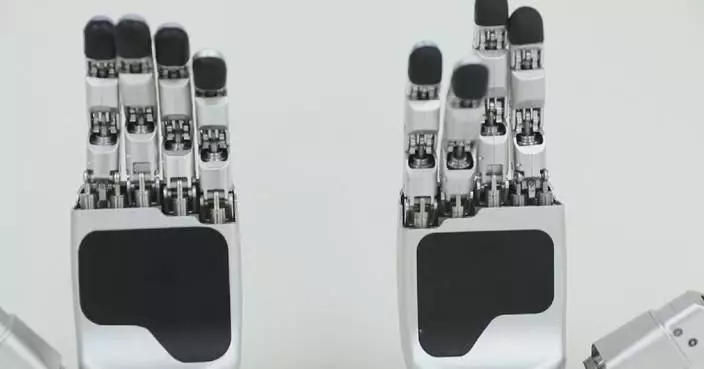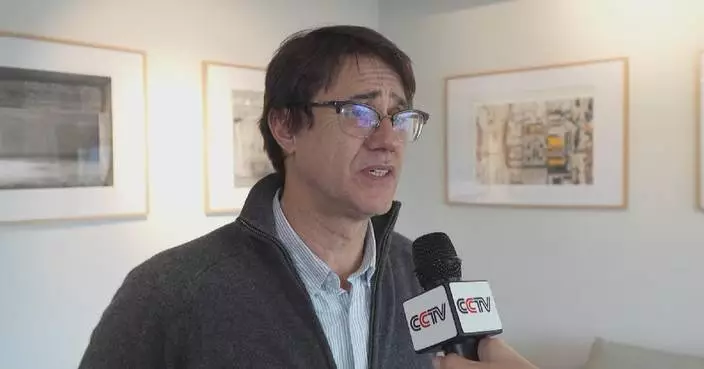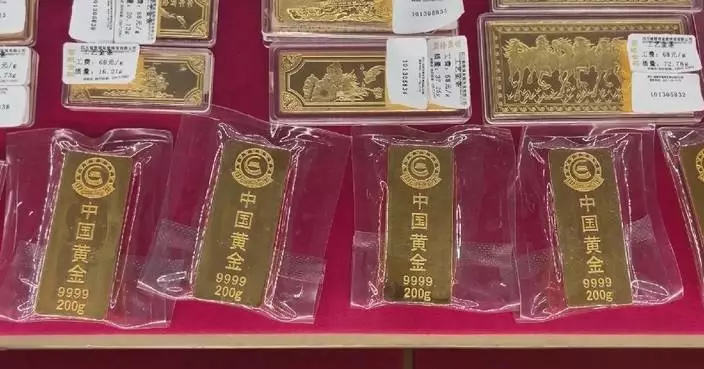CAPE CANAVERAL, Fla. (AP) — NASA’s celebrity astronauts Butch Wilmore and Suni Williams said Monday that they hold themselves partly responsible for what went wrong on their space sprint-turned-marathon and would fly on Boeing's Starliner again.
SpaceX recently ferried the duo home after more than nine months at the International Space Station, filling in for Boeing that returned to Earth without them last year.
Click to Gallery
Astronauts Suni Williams, from left, Nick Hague, and Butch Wilmore are interviewed at Johnson Space Center on Monday, March 31, 2025, in Houston. (AP Photo/Ashley Landis)
Astronaut Suni Williams is interviewed at Johnson Space Center on Monday, March 31, 2025, in Houston. (AP Photo/Ashley Landis)
Astronaut Butch Wilmore is interviewed at Johnson Space Center on Monday, March 31, 2025, in Houston. (AP Photo/Ashley Landis)
Astronauts Suni Williams, from left, Nick Hague, and Butch Wilmore are interviewed at Johnson Space Center on Monday, March 31, 2025, in Houston. (AP Photo/Ashley Landis)
Astronauts Suni Williams and Butch Wilmore talk to reporters during a press conference at Johnson Space Center on Monday, March 31, 2025, in Houston. (AP Photo/Ashley Landis)
Astronaut Butch Wilmore talks to reporters during a press conference at Johnson Space Center on Monday, March 31, 2025, in Houston. (AP Photo/Ashley Landis)
Astronauts Suni Williams and Butch Wilmore talk to reporters during a press conference at Johnson Space Center on Monday, March 31, 2025, in Houston. (AP Photo/Ashley Landis)
Astronaut Suni Williams talks to reporters during a press conference at Johnson Space Center on Monday, March 31, 2025, in Houston. (AP Photo/Ashley Landis)
Astronaut Butch Wilmore talks to reporters during a press conference at Johnson Space Center on Monday, March 31, 2025, in Houston. (AP Photo/Ashley Landis)
Astronauts Nick Hague, Suni Williams, and Butch Wilmore pose for a photo during a press conference at Johnson Space Center on Monday, March 31, 2025, in Houston. (AP Photo/Ashley Landis)
In their first news conference since coming home, the pair said they were taken aback by all the interest and insisted they were only doing their job and putting the mission ahead of themselves and even their families.
Wilmore didn't shy from accepting some of the blame for Boeing's bungled test flight.
“I’ll start and point the finger and I’ll blame me. I could have asked some questions and the answers to those questions could have turned the tide,” he told reporters. “All the way up and down the chain. We all are responsible. We all own this.”
Both astronauts said they would strap into Starliner again. “Because we're going to rectify all the issues that we encountered. We're going to fix them. We're going to make it work,” Wilmore said, adding he'd go back up “in a heartbeat.”
Williams noted that Starliner has “a lot of capability” and she wants to see it succeed. “We're all in,” she said.
The two will meet with Boeing leadership on Wednesday to provide a rundown on the flight and its problems.
“It's not for pointing fingers,” Wilmore said. “It's just to make the path clearer going forward.”
The longtime astronauts and retired Navy captains ended up spending 286 days in space — 278 days more than planned when they blasted off on Boeing’s first astronaut flight on June 5. The test pilots had to intervene in order for the Starliner capsule to reach the space station, as thrusters failed and helium leaked.
Their space station stay kept getting extended as engineers debated how to proceed. NASA finally judged Starliner too dangerous to bring Wilmore and Williams back and transferred them to SpaceX. But the launch of their replacements got stalled, stretching their mission beyond nine months.
President Donald Trump urged SpaceX’s Elon Musk to hurry things up, adding politics to the stuck astronauts’ ordeal. The dragged-out drama finally ended two weeks ago with a flawless splashdown by SpaceX off the Florida Panhandle.
“It’s great being back home after being up there,” Williams told The Associated Press in an interview. She waited until she was steadier on her feet before reuniting with her two Labrador retrievers the day after splashdown. "Pure joy.”
Wilmore already has a to-do list. His wife wants to replace all the shrubs in their yard before summer. “So I’ve got to get my body ready to dig holes,” he told the AP.
NASA said engineers still do not understand why Starliner’s thrusters malfunctioned; more tests are planned through the summer. If engineers can figure out the thruster and leak issues, “Starliner is ready to go," Wilmore said.
The space agency may require another test flight — with cargo — before allowing astronauts to climb aboard. That redo could come by year's end.
Despite Starliner’s rocky road, NASA officials said they stand behind the decision made years ago to have two competing U.S. companies providing taxi service to and from the space station. But time is running out: The space station is set to be abandoned in five years and replaced in orbit by privately operated labs.
__
AP video journalist Lekan Oyekanmi contributed from Houston.
The Associated Press Health and Science Department receives support from the Howard Hughes Medical Institute’s Science and Educational Media Group and the Robert Wood Johnson Foundation. The AP is solely responsible for all content.

Astronauts Suni Williams, from left, Nick Hague, and Butch Wilmore are interviewed at Johnson Space Center on Monday, March 31, 2025, in Houston. (AP Photo/Ashley Landis)
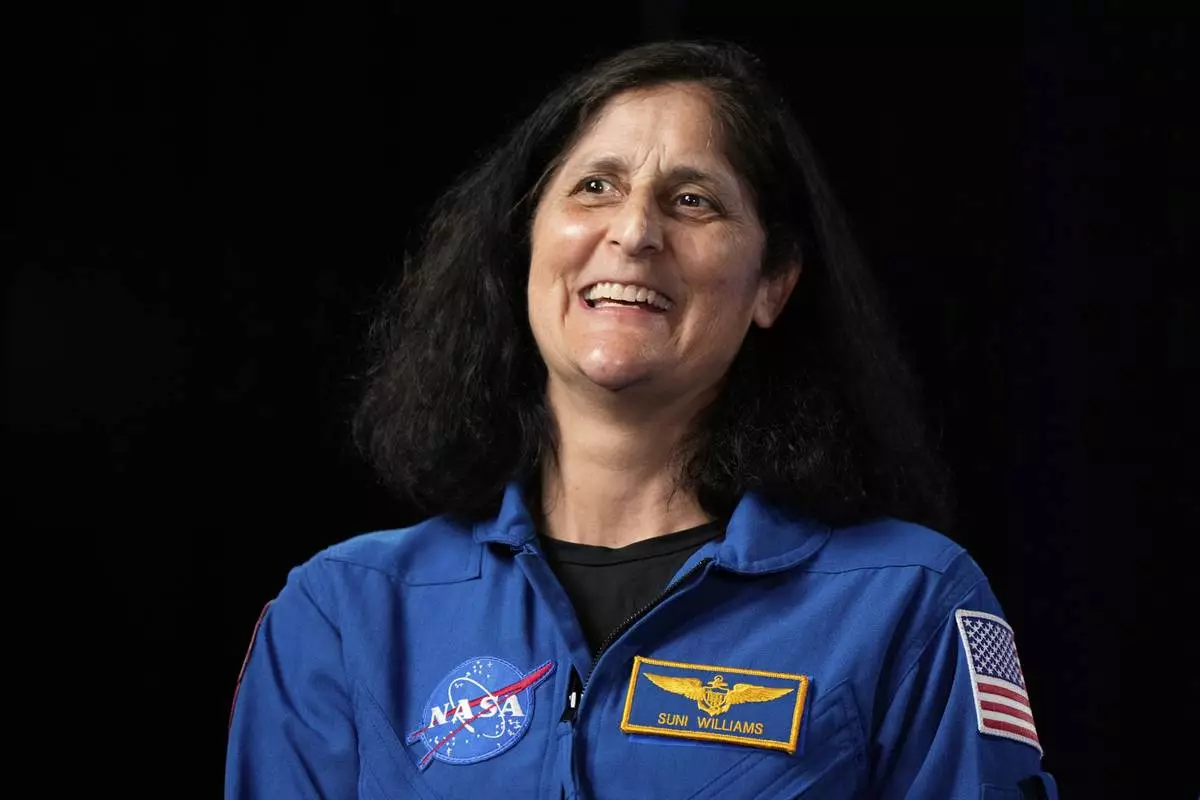
Astronaut Suni Williams is interviewed at Johnson Space Center on Monday, March 31, 2025, in Houston. (AP Photo/Ashley Landis)

Astronaut Butch Wilmore is interviewed at Johnson Space Center on Monday, March 31, 2025, in Houston. (AP Photo/Ashley Landis)
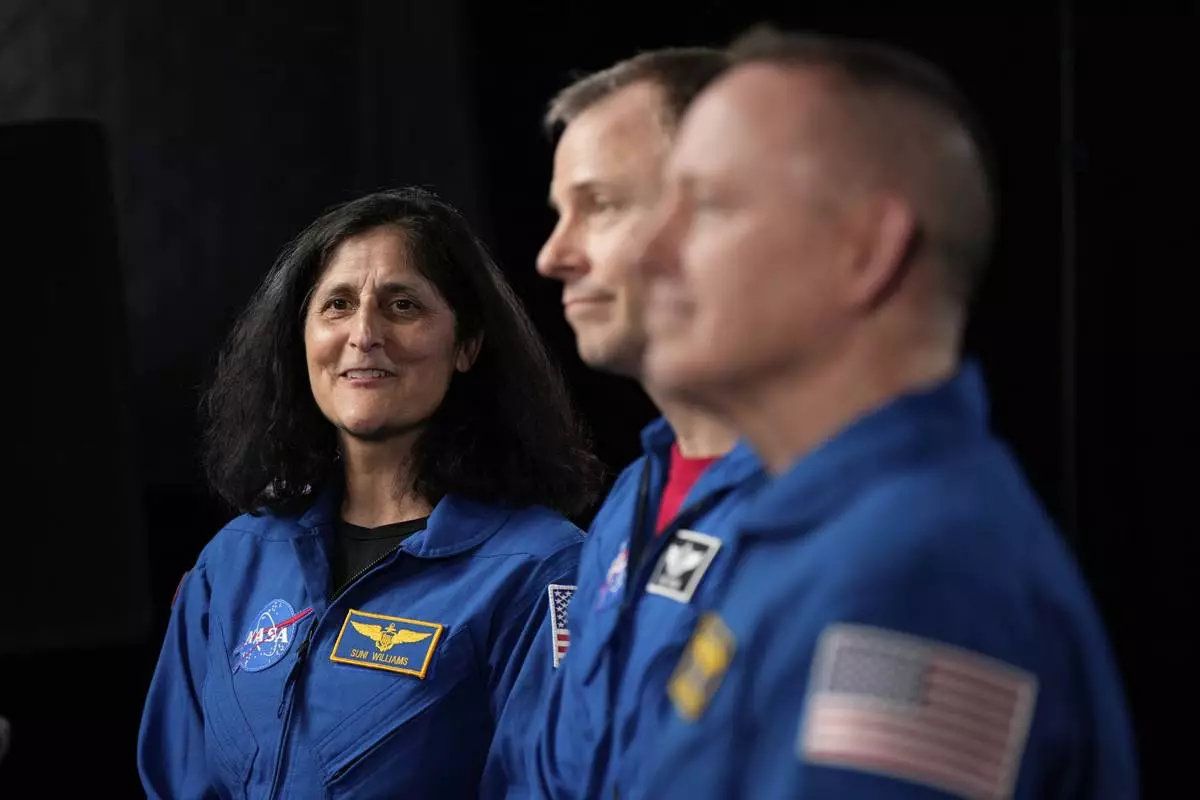
Astronauts Suni Williams, from left, Nick Hague, and Butch Wilmore are interviewed at Johnson Space Center on Monday, March 31, 2025, in Houston. (AP Photo/Ashley Landis)
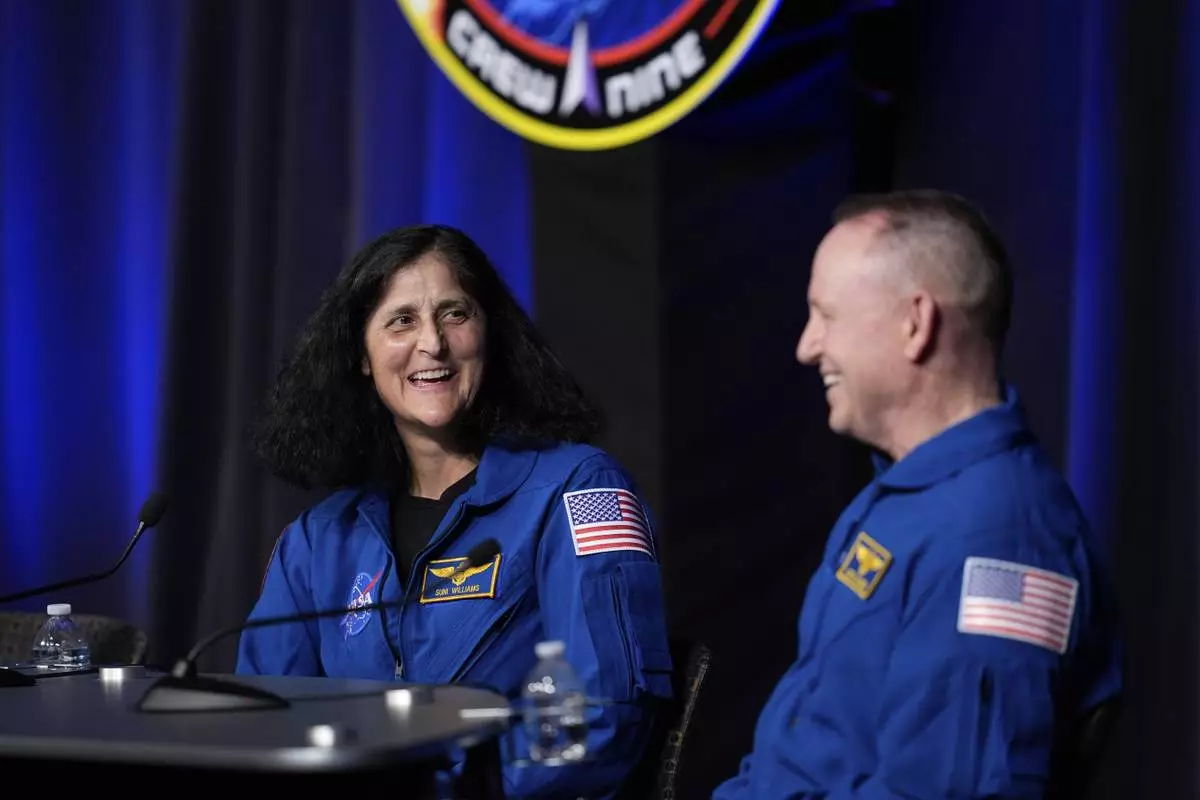
Astronauts Suni Williams and Butch Wilmore talk to reporters during a press conference at Johnson Space Center on Monday, March 31, 2025, in Houston. (AP Photo/Ashley Landis)
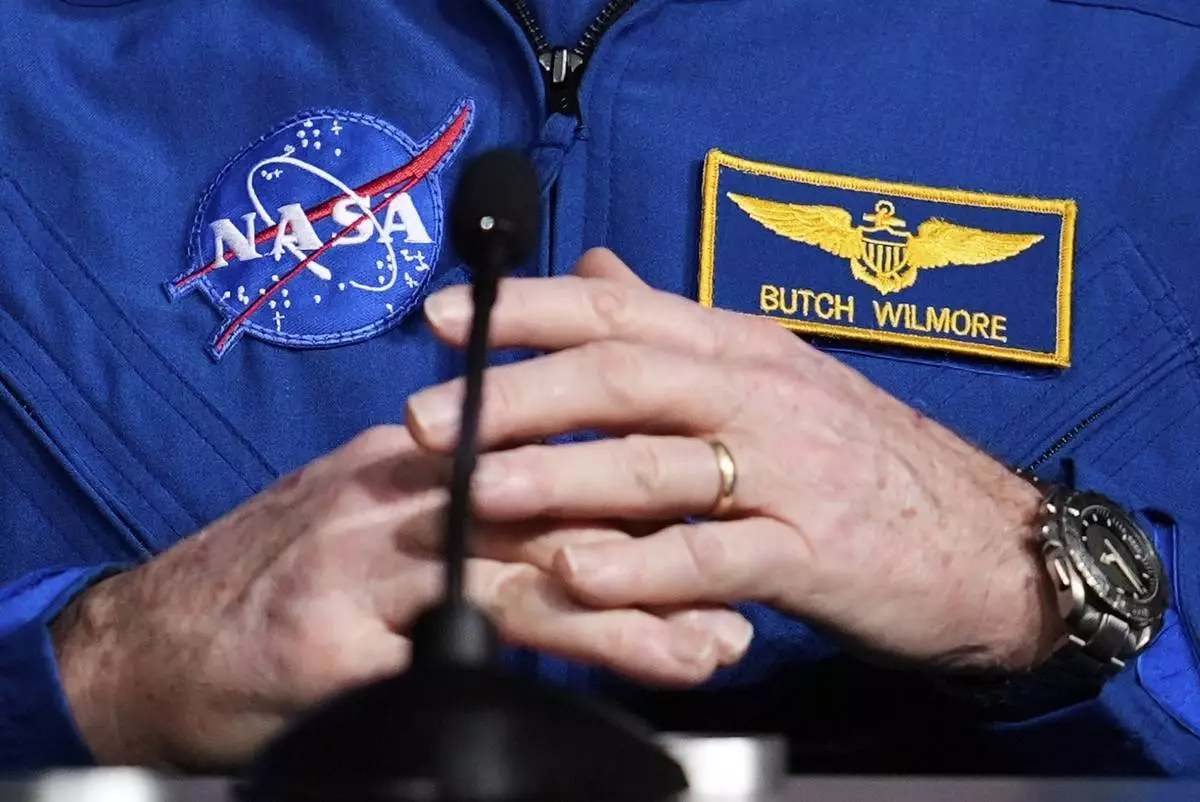
Astronaut Butch Wilmore talks to reporters during a press conference at Johnson Space Center on Monday, March 31, 2025, in Houston. (AP Photo/Ashley Landis)
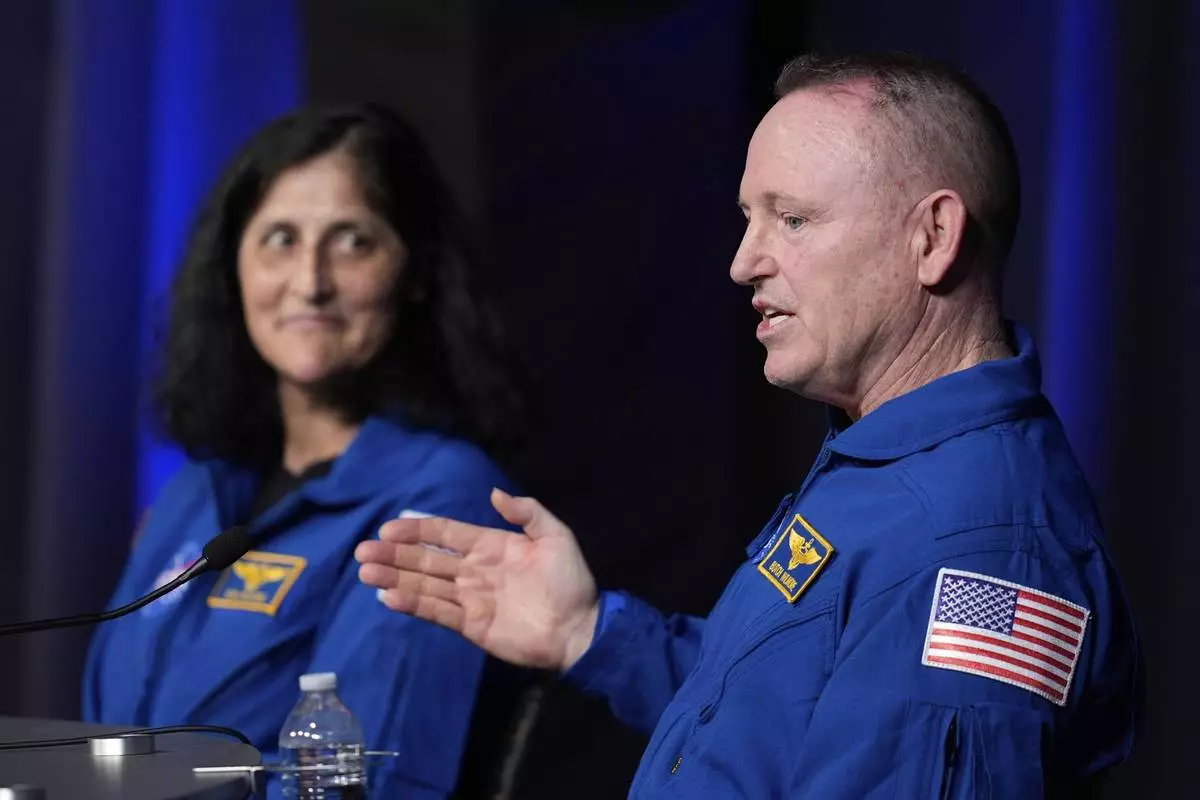
Astronauts Suni Williams and Butch Wilmore talk to reporters during a press conference at Johnson Space Center on Monday, March 31, 2025, in Houston. (AP Photo/Ashley Landis)
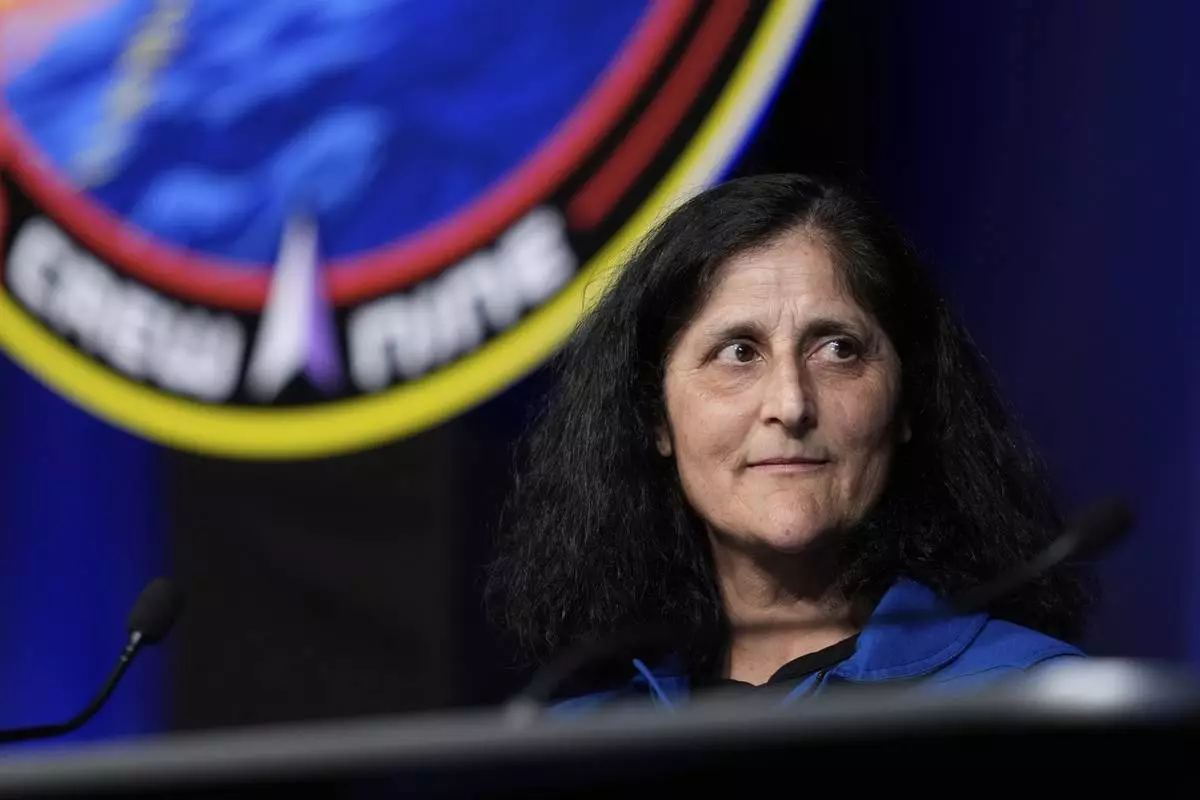
Astronaut Suni Williams talks to reporters during a press conference at Johnson Space Center on Monday, March 31, 2025, in Houston. (AP Photo/Ashley Landis)
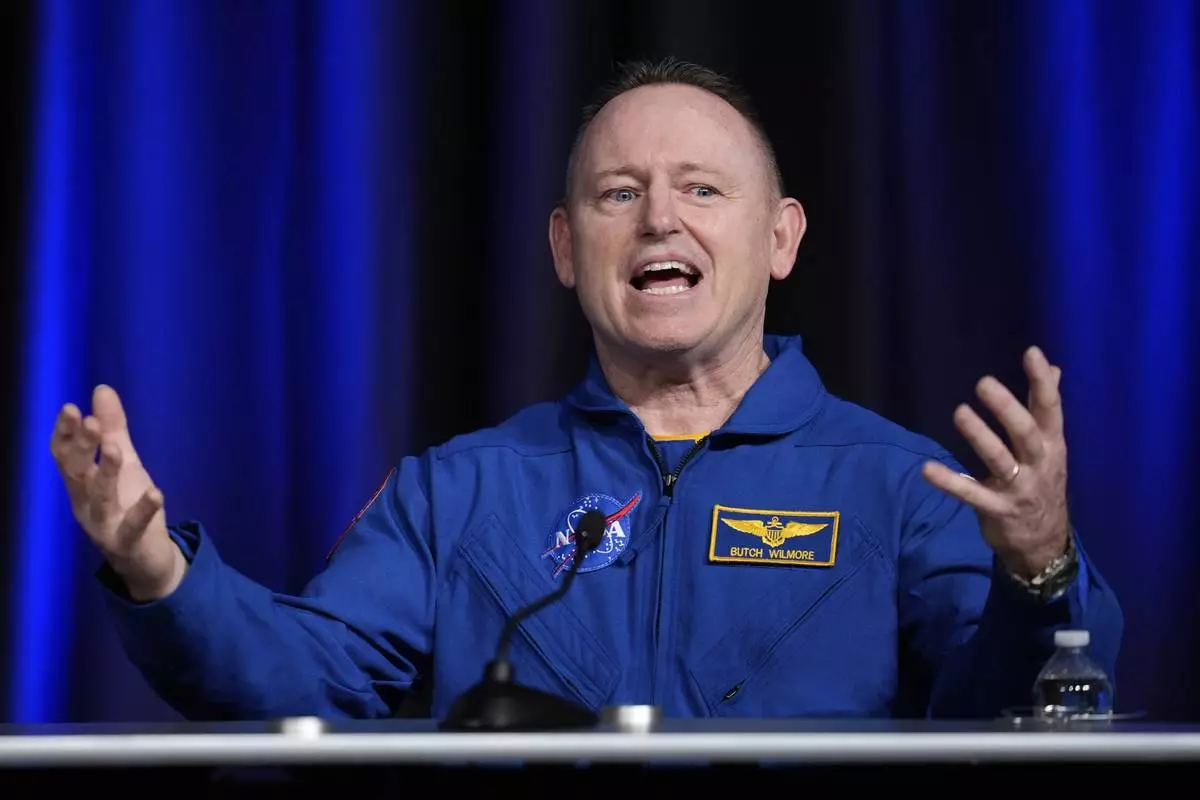
Astronaut Butch Wilmore talks to reporters during a press conference at Johnson Space Center on Monday, March 31, 2025, in Houston. (AP Photo/Ashley Landis)
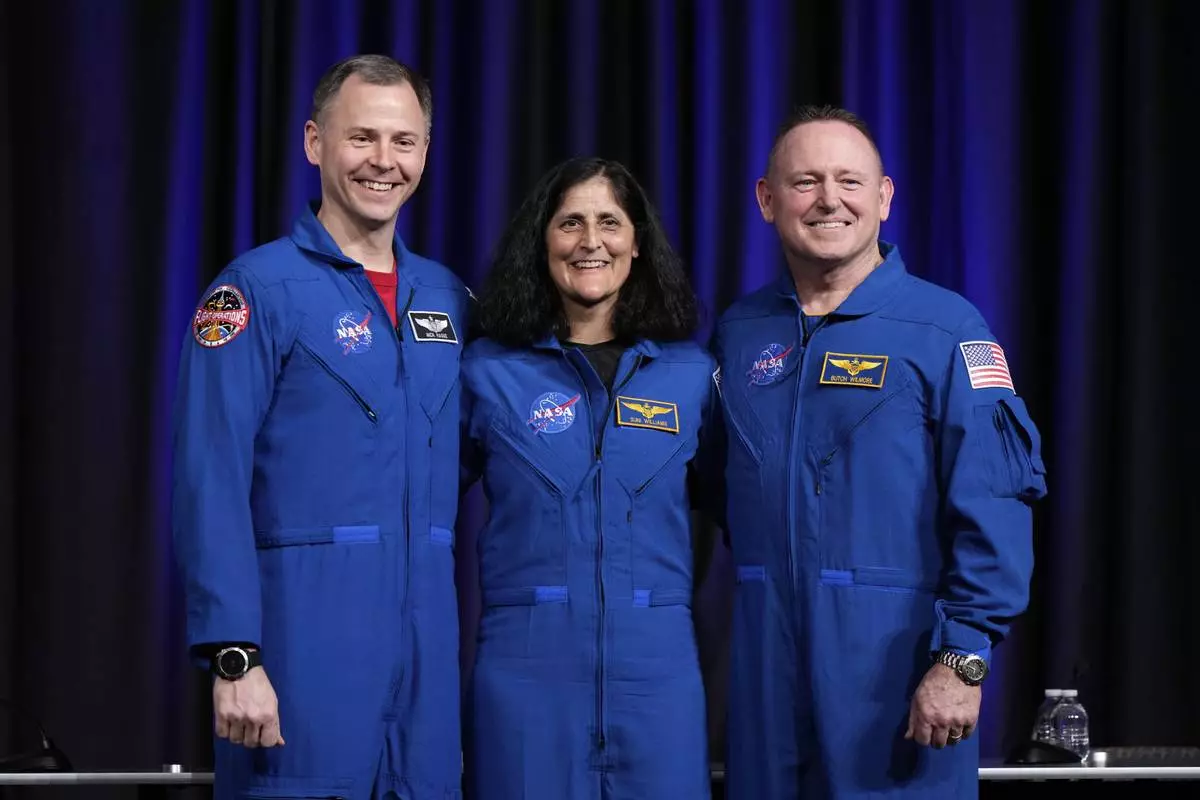
Astronauts Nick Hague, Suni Williams, and Butch Wilmore pose for a photo during a press conference at Johnson Space Center on Monday, March 31, 2025, in Houston. (AP Photo/Ashley Landis)
SEOUL. South Korea (AP) — The United States has blocked imports of sea salt products from a major South Korean salt farm accused of using slave labor, becoming the first trade partner to take punitive action against a decadeslong problem on salt farms in remote islands off South Korea’s southwest coast.
U.S. Customs and Border Protection issued a withhold release order against the Taepyung salt farm, saying information “reasonably indicates” the use of forced labor at the company in the island county of Sinan, where most of South Korea’s sea salt products are made.
Under the order issued last Wednesday, Customs personnel at all U.S. ports of entry are required to hold sea salt products sourced from the farm.
Taepyung is South Korea's largest salt farm, producing about 16,000 tons of salt annually, which accounts for approximately 6% of the country’s total output, according to government data, and is a major supplier to South Korean food companies. The farm, located on Jeungdo island in Sinan and leasing most of its salt fields to tenants, has been repeatedly accused of using forced labor, including in 2014 and 2021.
South Korean officials stated that this was the first time a foreign government had suspended imports from a South Korean company due to concerns over forced labor.
In a statement to The Associated Press on Monday, South Korea’s Foreign Ministry said relevant government agencies, including the Ministry of Oceans and Fisheries, have been taking steps to address labor practices at Taepyung since 2021, and it assesses that none of the salt produced there now is sourced from forced labor. The ministry said it plans to “actively engage” in discussions with the U.S. officials over the matter.
The fisheries ministry said it plans to promptly review the necessary measures to seek the lifting of the U.S. order.
The widespread slavery at Sinan’s salt farms was exposed in 2014, when dozens of slavery victims — most of them with disabilities — were rescued from the islands following an investigation by mainland police. Some of their stories were documented by The Associated Press, which highlighted how slavery persisted despite the exposure.
U.S. Customs said it identified several signs of forced labor during its investigation of Taepyung, including “abuse of vulnerability, deception, restriction of movement, retention of identity documents, abusive living and working conditions, intimidation and threats, physical violence, debt bondage, withholding of wages, and excessive overtime.”
Lawyer Choi Jung Kyu, part of a group of attorneys and activists who petitioned U.S. Customs to take action against Taepyung and other South Korean salt farms in 2022, expressed hope that the U.S. ban would increase pressure on South Korea to take more effective steps to eliminate the slavery.
“Since the exposure of the problem in 2014, the courts have recognized the legal responsibility of the national government and local governments, but forced labor among salt farm workers has not been eradicated,” Choi said. “Our hope is that the export ban would force companies to strengthen due diligence over supply chains and lead to the elimination of human rights violations.”
Most of the salt farm slaves rescued in 2014 had been lured to the islands to work by brokers hired by salt farm owners, who would beat them into long hours of hard labor and confine them at their houses for years while providing little or no pay.
The slavery was revealed in early 2014 when two police officers from the capital, Seoul, disguised themselves as tourists to clandestinely rescue a victim who had been reported by his family as missing. One of the Seoul police officers told AP they went undercover because of concerns about collaboration between the island’s police and salt farm owners. Dozens of farm owners and job brokers were indicted, but no police or officials were punished despite allegations some knew about the slavery.
In 2019, South Korea’s Supreme Court upheld a lower court ruling that ordered the government to compensate three men who had been enslaved on Sinan’s salt farms, acknowledging that local officials and police failed to properly monitor their living and working conditions.
The salt farm slavery issue resurfaced in 2021 when around a dozen workers at Taepyung were discovered to have endured various labor abuses, including forced labor and wage theft.
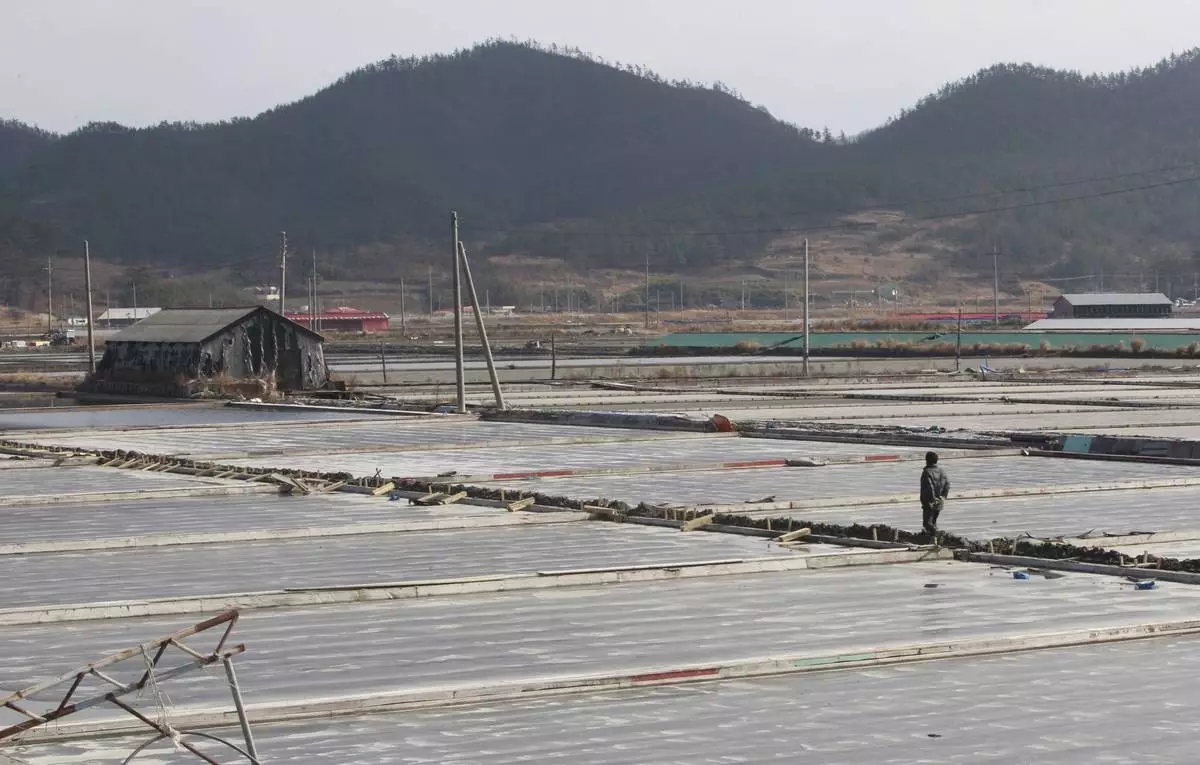
FILE - A salt farm owner walks around his salt farm on Sinui Island, South Korea, Feb. 19, 2014. (AP Photo/Ahn Young-joon, File)












